Research Facilities
Research Facilities
As the South Zone Centre of Excellence for Science & Technology, NJC has a range of instruments that enable students to carry out research work in a host of niche areas, from organic and organometallic synthesis through to catalysis, surface science, computational science, materials science and agricultural technology.
-
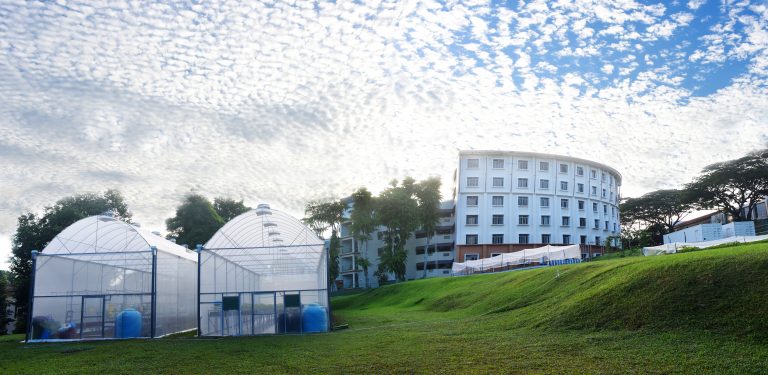
Project Cube/Roots – Singapore’s first Urban Agriculture Research facility in a junior college is established in partnership with local biotechnology company Life3 and the Singapore Food Agency and will be officially opened on 4 May 2019, NJC College Day.
This tripartite partnership is the first of its kind between a local enterprise, government agency and academia that exemplifies the project’s shared vision of R.I.C.E – Research, Innovation, Community Engagement and Enterprise. Serving the South Zone as the Centre of Excellence for Science and Technology and true to our motto of Service with Honour, this project aims to develop student talents both in NJC and other schools in agri-tech research, and to create opportunities for students to explore new ways to modernize farming practices to improve Singapore’s self-sufficiency and sustainability in agricultural products. -
Coming soon! Please stay tuned.
-
Among the more notable facilities available at NJC’s Sigma Labs are the nuclear magnetic resonance spectrometer, the backscattered scanning electron microscope with energy dispersive X-ray spectrometry, cyclic voltameter, differential scanning calorimeter, 3D-printing MakerLab, high performance liquid chromatography, IR and UV-vis spectrometers and a computational laboratory.
Nuclear Magnetic Resonance (NMR) Spectrometer
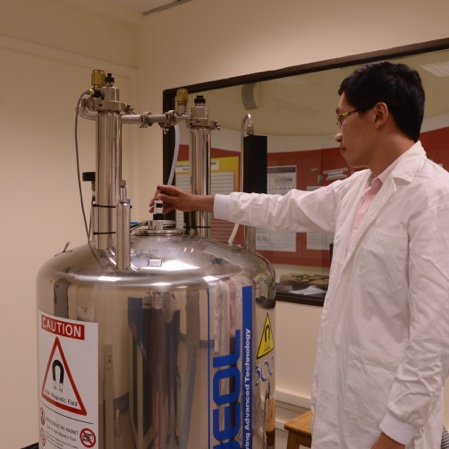
The NMR Spectrometer allows students to characterize organic and inorganic materials. As an important mode of analysis in the field of chemical synthesis, the NMR spectrometer enables students to carry out a greater variety of higher specialised research projects with greater depth.
Differential Scanning Calorimeter (DSC)
The DSC is a fundamental tool in thermal analysis and can be used in many industries such as pharmaceuticals and nanomaterials. It makes use of a thermal analysis technique that studies how a material’s heat capacity is changed by temperature. The DSC allows students to easily detect transitions in materials such as melts, glass transitions, phase changes and curing.
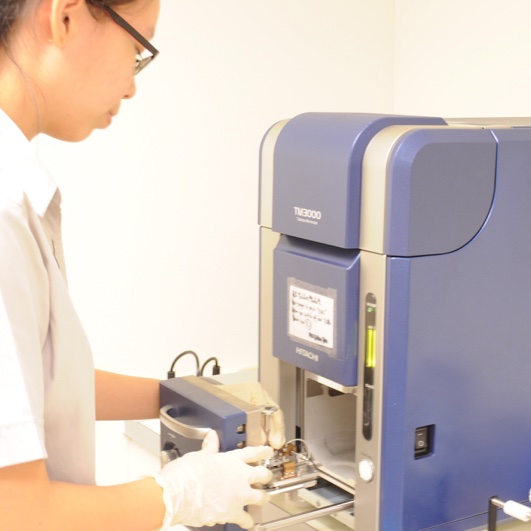
Scanning Electron Microscope (SEM) with Energy-Dispersive X-Ray Spectrometer
Students can make use of the SEM to generate high-resolution images of objects, as well as show spatial variations in chemical compositions. The SEM enables students to characterize their solid samples based on the texture, chemical composition and crystalline structure of their samples.
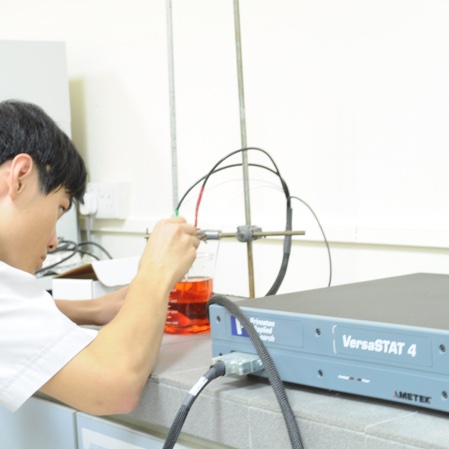
Cyclic Voltameter
SIGMA Labs is equipped with VersaSTAT4 Princeton Applied Research. This potentiostat offers students work on modern electrochemical problems that have critical impact on understanding reaction mechanisms, catalysis, electroplating, and other chemical phenomena underpinned by redox chemistry. Students and educators find this instrument particularly useful for their work.
IR Spectrometer & UV/vis Spectrophotometer
Critical to synthetic chemistry is the capacity to characterise compounds. Further to NMR spectrometry, FTIR and UV/vis spectrometry is available for students to characterise organic and inorganic compounds, as well as materials adsorbed on surfaces.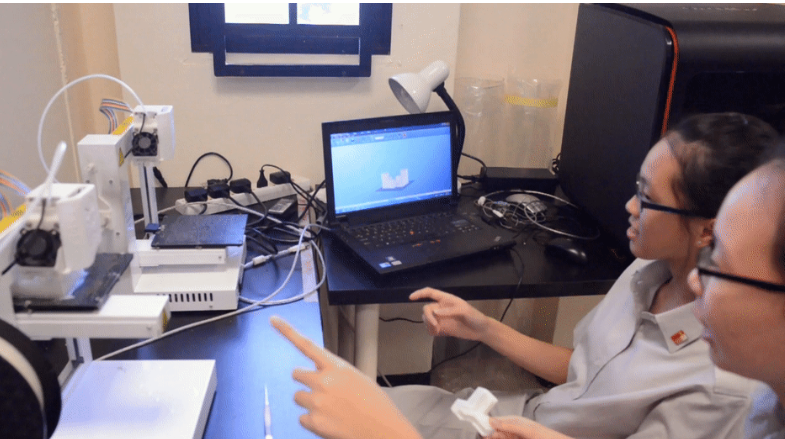
3D Printers
3D printing offers students the opportunity to design and create solutions. Intricate to the design thinking framework, 3D printing prototyping allows students to actualise and build great ideas. A favorite among many groups, and extremely popular as a South Zone workshop for educators and teachers, 3D printing and MakerCentre@SIGMA Labs is fast becoming a key and critical facet of many research fields.

